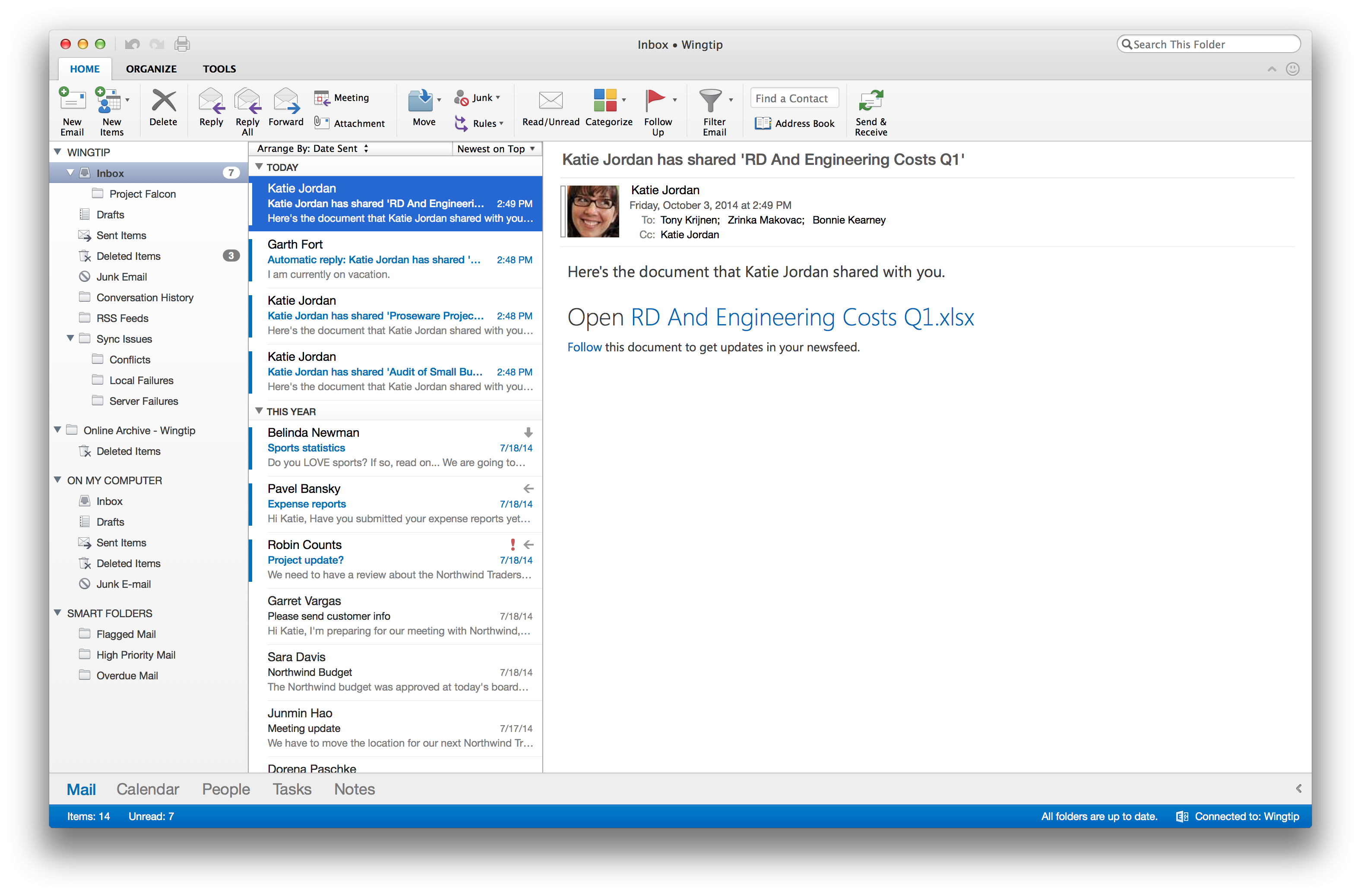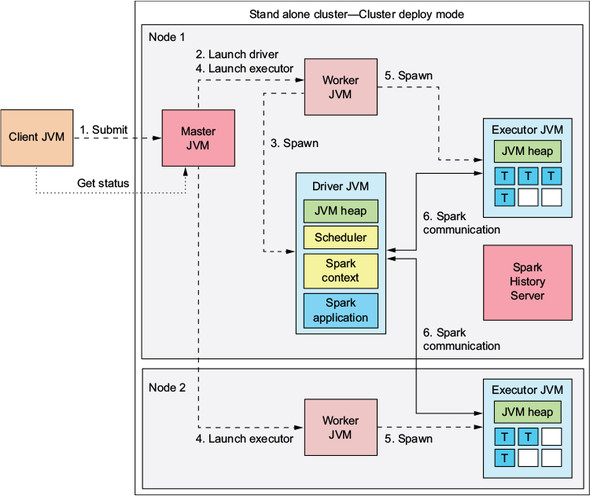- The Standalone Client installer will copy the tnsnames.ora to the places that EnterpriseOne uses; however, it cannot copy them to the locations required by the 64-bit Oracle database and the 32-bit Oracle database client.
- But was wondering if there is a tool that would allow me to directly launch onoly the consoles without the need to go to the HTTP UIs etc.? This would save a lot on clicking. I know IBM has a free standalone java client that makes life really lot easier to start remote console and switch between blades.
- Jul 22, 2020 To create an antimalware policy for the standalone client: In the Configuration Manager console, click Assets and Compliance. In the Assets and Compliance workspace, expand Endpoint Protection, and then click Antimalware Policies. On the Home tab, in the Create group, click Create Antimalware Policy. In the General section of the Create.
Applies to: Configuration Manager (current branch)
To download 32-bit version, do as following: 1. Copy the download link of offline installer’s EXE file. It contains “ ChromeStandaloneSetup64.exe ” at the end of the URL. Remove the 64 number from the end of the URL so that the new URL contains “ ChromeStandaloneSetup.exe ” at the end. Version Repository Usages Date; 2.0.x. 2.0.0: Central: 1: Dec, 2020: 2.0.0-RC1: Central: 0 Dec, 2020.

Your organization may have a number of standalone clients that you cannot manage or protect with Microsoft Endpoint Configuration Manager. Without any endpoint protection in place, these standalone clients are vulnerable to potential malware attacks. To protect such standalone clients, you can manually configure them with Endpoint Protection, as described in this topic.
To configure Endpoint Protection on a standalone client manually:
Prerequisites
The following are the prerequisites for configuring Endpoint Protection on a standalone client:
- You must have access to the Endpoint Protection client installation package, scepinstall.exe. You can find this package in the C:Program FilesMicrosoft Configuration ManagerClient folder.
- Make sure that the January 2017 anti-malware platform update for Endpoint Protection clients is installed.
Create an antimalware policy for the standalone client
In this step, you create a custom antimalware policy in the Configuration Manager console and then transfer it to the standalone client.
When creating the antimalware policy, you must configure the definition update source to keep the policy definitions up to date on the standalone client. You can configure the definition update source as Microsoft Update and Microsoft Malware Protection Center, if your standalone client is connected to the internet. Alternatively, select network share as the definition distribution source and update it periodically with the latest definition update package.
To create an antimalware policy for the standalone client:

Installing The Standalone Client - Oracle
In the Configuration Manager console, click Assets and Compliance.
In the Assets and Compliance workspace, expand Endpoint Protection, and then click Antimalware Policies.
On the Home tab, in the Create group, click Create Antimalware Policy.
In the General section of the Create Antimalware Policy dialog box, enter a name and a description for the policy.
In the Create Antimalware Policy dialog box, configure the settings that you require for this antimalware policy, and then click OK. For a list of settings that you can configure, see List of Antimalware Policy Settings.
Note
For the Definition Updates setting, select Updates distributed from Microsoft Update and Updates distributed from Microsoft Malware Protection Center if your standalone client is connected to the internet.
Alternatively, select Updates from UNC file shares to distribute the policy definitions through network share. Then, add one or more UNC paths to the location of the definition updates files on a network share.Export the newly created policy as an XML:
- In the Antimalware Policies list, right-click your policy.
- Select Export.
- Save the policy as an XML, for example, standalone.xml.
Transfer the new antimalware policy XML to the target standalone client on which you want to configure Endpoint Protection.
Transfer Endpoint Protection client installation package to the standalone client
In this step, you copy the Endpoint Protection client installation package (scepinstall.exe) from the Configuration Manager server and transfer it to the standalone client.
- Log in to the Configuration Manager server.
- Navigate to the Client folder of the Configuration Manager installation folder (C:Program FilesMicrosoft Configuration ManagerClient).
- Copy scepinstall.exe.
- Transfer scepinstall.exe to the target standalone client on which you want to install the Endpoint Protection client software.
Install Endpoint Protection on the standalone client
In this step, you run the installer package (scepinstall.exe) and the antimalware policy (both previously transferred from the Configuration Manager server) from the command prompt on the standalone client.
To install Endpoint Protection on the standalone client:
On the standalone client, open a command prompt as an administrator.
Change directory to the folder where you saved the scepinstall.exe installer file.
Enter the following command to run scepinstall.exe with the antimalware policy:
Replace
full pathwith the path where you saved the antimalware policy XML file andpolicy filewith the antimalware policy file name.The installer is extracted and the installation wizard is launched.
Follow the on-screen instructions to complete the client installation.
On the last screen of the installation wizard, the option to scan the computer for potential threats after getting the latest updates is selected by default. You can clear the checkbox to skip the scanning.
Change antimalware policy settings on a standalone Endpoint Protection client
To change or update the antimalware policy on your standalone Endpoint Protection client:
Standalone Client Download
- Create an antimalware policy for the standalone client.
- Run the following command on the standalone client:
Replace full path with the path where you saved the new antimalware policy XML file and policy file with the antimalware policy file name.
Standalone Client
Next steps
Standalone Client Required
For information on how to use Endpoint Protection to manage security and malware on Configuration Manager client computers, see Configure Endpoint Protection.